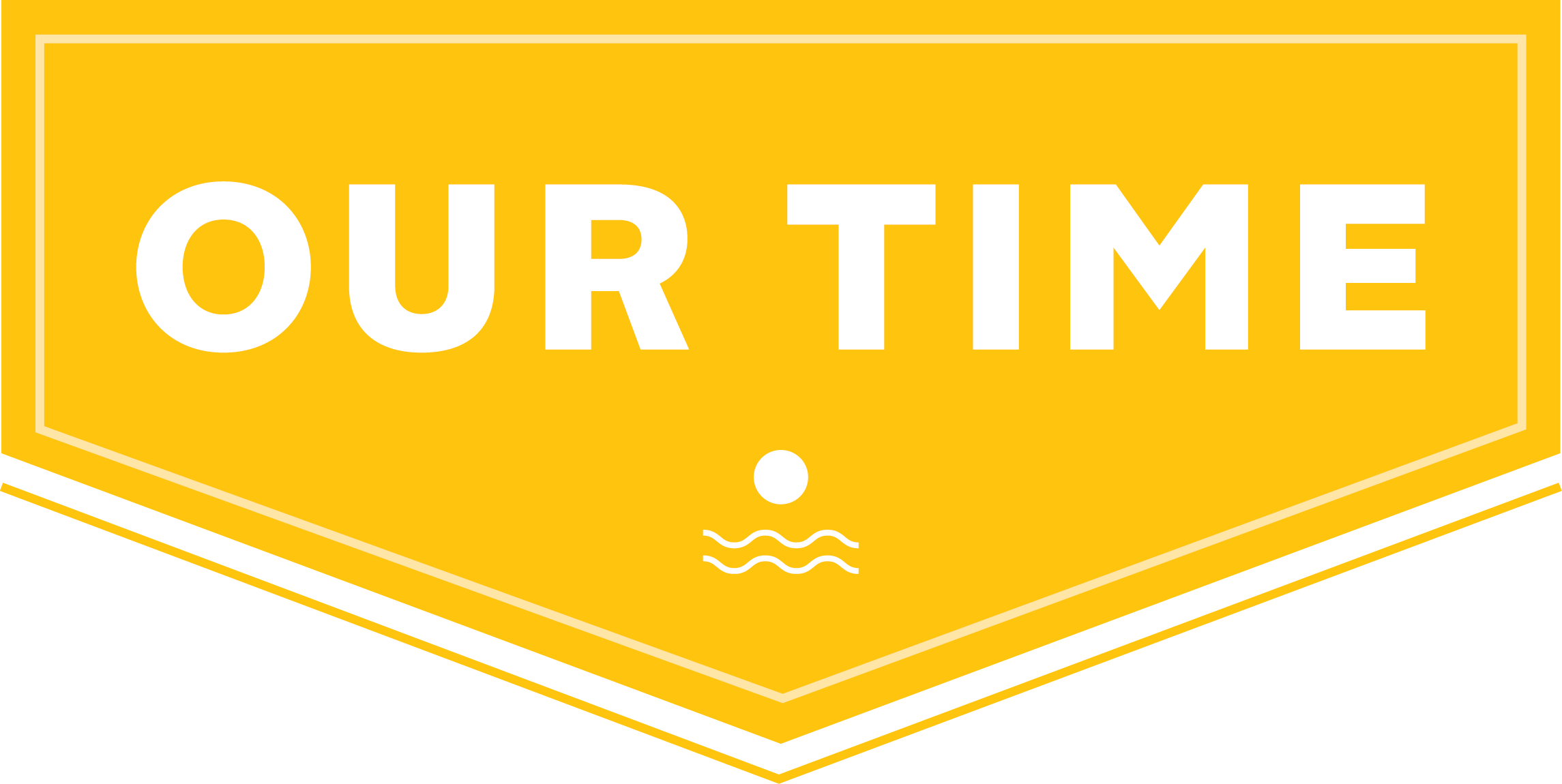Where the Greens stand on a Green New Deal
Top Line: In mid-September the Green Party expanded on their Mission Possible climate plan with a wide ranging eight part platform. Their plan still nails it when it comes to understanding and setting plans based on climate science, but while their full platform does better integrating their climate plan with ambitious, visionary ideas to tackle inequality and injustice, there are still some questions left lingering.
Listening to the science
The Green Party’s Mission Possible climate platform lines up directly with the latest science from the IPCC. Their targets of 60% GHG reductions against 2005 levels by 2030 and zero emissions by 2050 are the strongest when measured against the 2018 IPCC report.
The Greens have also taken a strong stance against fracking, calling for a national ban on the practice and have opposed a number of massive new fossil fuel projects – including the TransMountain Pipeline. They are in support of ending all fossil fuel subsidies.
Notably, the Green’s full platform doesn’t seem to reference their earlier plan to use domestically extracted fossil fuels as we transition to 100% renewables, which is a good sign, since that seemed hard to square with the timeline we have to get off of fossil fuels. When it was originally announced, some argued this wouldn’t be possible without subsidizing domestic fossil fuels, and building new refineries and fossil fuel transport infrastructure. While Elizabeth May has rejected these arguments, questions on how this will work still plague the Greens.
Creating millions of good jobs
In early August, the Green Party rolled out their Just Transition Plan to fill in the blanks around the promised economic transition pathways in their Mission Possible climate plan. Then, their September platform announcement added even more details. The crux of their plan is to accept and adopt the 10 recommendations of the federal coal Just Transition Task Force, and to extend them to cover the entire fossil fuel sector.
While Mission Possible didn’t include a specific goal for job creation, the full Green Platform estimates “future jobs in energy efficiency retrofits alone at four million” and promises to protect workers, create jobs and facilitate a just transition. Some of the programs the Greens propose include building renewable energy, cleaning up orphaned oil wells, creating a national building retrofit program, and forming renewable energy development partnerships with Indigenous Peoples.
Like the NDP plan, the Green Party’s transition plan offers a good place to start, and a solid floor to build from. But, it stops short of programs like a federal jobs guarantee and other scaled economic transformations and job creation programs that polling on the Green New Deal has shown to be quite popular. Related to this, the Green Party’s promise to deliver balanced budgets within five years could hamper necessary spending for an economic transformation to meet the scale of the climate crisis.
Dignity, justice & equity for all
The Green Party considers social justice to be one of the six pillars of their Mission Possible climate platform. But, nothing in that plan directly addresses inequality and injustice. That being said, they cover a range of social and economic justice issues in their full platform.
TIn their broader platform, the Greens promise to champion pharmacare and a Guaranteed Liveable Income program as the cornerstones of a poverty alleviation strategy. They also promise to declare housing to be a human right and implement a National Housing Strategy to provide every Canadian with a place to call home, with specific considerations for Indigenous Peoples.
The Greens have also promised to abolish tuition, cancel some existing student debt and create a Community and Environment Service Corps to support youth employment.
On minimum wage, the Greens have committed to setting a $15 federal minimum wage and working with municipalities to set wages in line with the cost of living. And, their full platform includes a lengthy commitment to reviewing and addressing issues with Canada’s immigration system, including speeding up family reunification, terminating Canada’s safe third country agreement with the United States and addressing climate migration by advocating for Canada to define and implement a category of “environmental refugees”.
It’s also important to note that the Greens have had some challenges outside of their platform, notably opening, and then quickly trying to close, the door on allowing their candidates to hold anti-choice views.
Respecting Indigenous rights & sovereignty
While only one of the 20 points in the Green Party’s Mission Possible climate platform addressed Indigenous rights, their full platform puts reconciliation as a top priority.
The Greens pledge to “fully conform to the United Nations Declaration on the Rights of Indigenous Peoples, implement the calls to action of the Truth and Reconciliation Commission and the calls of the report from the Inquiry into Missing and Murdered Indigenous Women”.
They also promise to “create an inclusive policy and governance body – the Council of Canadian Governments” where Indigenous nations have a seat alongside federal, municipal, provincial and territorial governments to make recommendations and decisions in support of their climate plan. And they promise to end boil water advisories, remove a federal cap on Indigenous post-secondary education funding, consult with Indigenous communities on a potential repeal of the Indian Act, and ensure that all treaty and land claim negotiations respect and honour the inherent sovereignty and title of Indigenous Peoples.
This post is part of a 4-part series that looks at how party platforms stack up against a Green New Deal. To see our four pillars of a Green New Deal and analysis of party platforms, click here.
